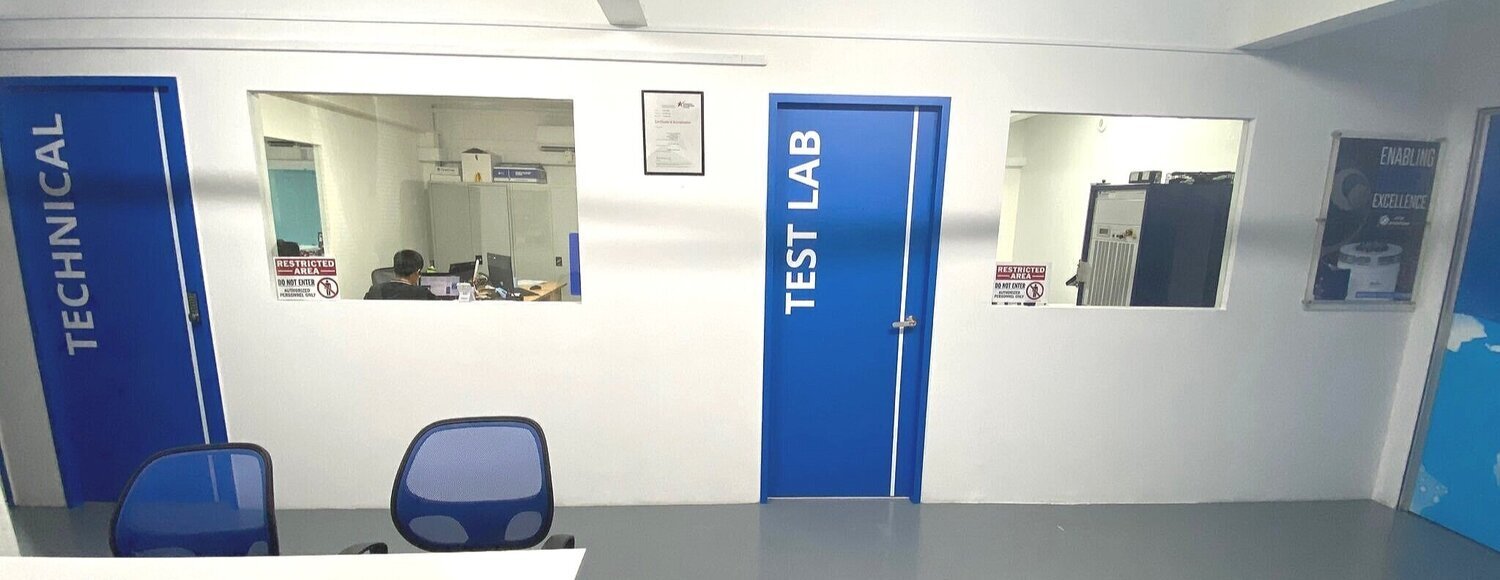Do We Need to Calibrate Data Logger?
If you're responsible for managing a collection of data loggers, you may be asking this very question. Do We need to calibrate data logger, and when? The short answer is that on schedule calibration is always a good idea. So yes, as a measurement tool, data loggers should be calibrated. But we're going to go even deeper into this question. Why calibrate data loggers? How and when should it be done? What are the conditions that affect the schedule? And, in case anyone is new to the subject, we're even going to dive into the function of data loggers in the field.
What is a data logger?
A data logger is a straightforward instrument with just one purpose to log data! These tiny devices are designed to monitor and record variations in a specific condition. That condition varies depending on the type of logger. They can track anything from voltage to temperature. The simplest of data loggers is a single unit that works alone. Most of these are battery-powered, which is convenient for placement. Without relying on electricity, these data loggers can be installed in a field or record something while in transit. Other data loggers will use more than one channel and have multiple units.
Data loggers are designed with three key elements: internal memory, a microprocessor, and a sensor. The sensor is what reads the condition. That information is registered again and again and stored in the internal memory. The operation is automatic. A person can leave the logger behind and return to it to collect the data that they need.
The data from a logger is retrieved in one of two ways. A small, stand-alone logger may have its own local interface. However, in many devices, a person retrieves the information through special software on their computer. This software can be used to collect, organize, and analyze data. Some data loggers will connect wirelessly with a device.
Types of data loggers
Many different situations might call for a data logger, which we'll get to in a minute. These instruments are helpful in so many settings because of their flexible design. Data loggers can be equipped with a number of different input types. Some instruments include multiple inputs to record more than one condition.
For instance, temperature and humidity are a common combination in data loggers. A logger with a temperature input can record very high and very low temperatures. They can also measure the temperature of a liquid. Meanwhile, a humidity input will measure humidity, dew point, and water vapor concentration. Pressure loggers are also common. Their inputs record the pressure of a gas or a liquid. They can work on both atmospheric and water pressure.
When working with electricity, you might see a voltage data logger or a current data logger. The voltage loggers will work with a number of voltage measurements, translating load to force, or pressure to torque. Current data loggers can record both AC and DC data.
When do we use a data logger?
Since data loggers can be used to measure so many different variables, they come in handy across many applications. In addition to the types of loggers mentioned above, they might be used to record carbon dioxide, pH, and pulse.
In contexts where exact temperature and humidity are essential, data loggers are a must. They come into play by monitoring these levels in storage and transportation. Take, for example, the COVID-19 vaccines. These, as with most vaccines, need to be refrigerated. Their temperature needs to remain within a very precise window. Otherwise, the vaccines will go bad and no longer be effective. A data logger can be used to watch the storage temperature and ensure it remains correct.
Most of the time, the temperature of food doesn't need to be as precise as that of a vaccine. Still, we all know that keeping perishables cool is essential in maintaining good food safety. A data logger is commonly used to watch the temperature of food storage in large facilities.
The temperature might also be a relevant input in loggers used to monitor a building's maintenance information. Building managers may collect data related to the heating and cooling systems, as well as the building's ventilation. This is useful when working towards improved energy conservation.
These instruments are also standard in agricultural settings. There, they can be used to collect data on growing conditions, in turn aiding in productivity.
From the handful of application examples we've provided, you can see those data loggers are used in some serious situations. There's no room for error when storing vaccines or raw meat. People's health and lives depend on accurate loggers. That's why calibrating a data logger is so important. You cannot rely on the readings if the instrument is not accurate.
How Can We Help You?
Interested in our Testing & Calibration services? Send us your inquiry via the Testing & Calibration Lab Form and we will be pleased to help you.


